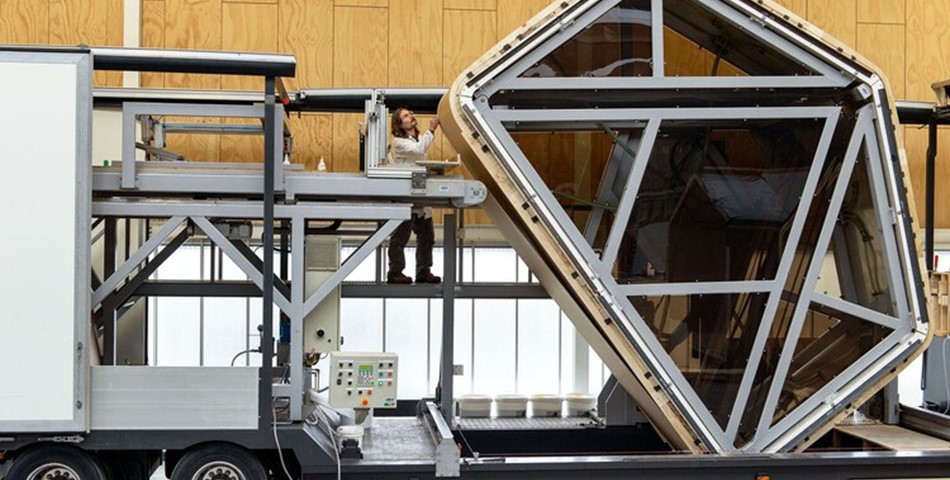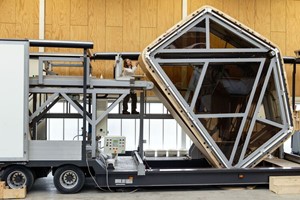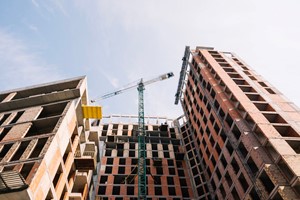Technology, derived from the Greek words techne (art, craft) and logos (word, speech), encompasses more than just modern gadgets; it includes the evolution of tools from ancient stone implements to the first Industrial Revolution's steam engine. In the construction industry, historically resistant to innovation, embracing technology is crucial for efficiency and sustainability.
Sustainable building principles focus on reducing resource consumption, maximizing renewable resources, protecting the environment, and ensuring user well-being. The construction sector, a significant contributor to carbon emissions, is increasingly turning to digital solutions to optimize practices and manage projects effectively.
Key technologies for sustainable construction include energy and water-efficient practices, renewable or recyclable resource utilization, and embracing automation and software. With the industry poised for growth in robotics and automation, there's potential for rapid advancements. As Sami Atiya of ABB notes, the construction sector's adoption of technology parallels the automotive industry's trajectory 50 years ago, with a promising acceleration in the near future.
Building Information Modelling (BIM) And the Increased Control Of Processes
BIM, or Building Information Modeling, revolutionizes design control and management by digitally representing a building's physical and functional aspects in three dimensions. Unlike CAD, BIM integrates multiple properties into each element, providing a detailed virtual model that facilitates collaboration among professionals. This methodology automates processes throughout a project's lifecycle, impacting phases such as programming, construction, and maintenance. Technology promotes interdisciplinary collaboration and challenges traditional project dynamics. BIM's evolution includes integration with the cloud, laser scanning, and enhanced energy simulations, influencing the performance of new buildings. This modern approach reshapes project stages and scopes, emphasizing precision and efficiency in the construction and maintenance of structures.
Industrialized, Modular and Prefabricated Construction
Prefabricated buildings are also far from new. Especially after World War II, European and North American countries saw many examples of catalog buildings, mainly residences. Today, however, innovative digital tools are greatly facilitating prefabrication, with the aforementioned BIM allowing for more accurate representation and integration with other stakeholders. This allows the manufacturing of ready or semi-ready modules in factories, reducing construction time and the number of errors and waste.
This can also make buildings more versatile, with the possibility of adapting them to the different needs that may arise over time and even to social and regional particularities, through the incorporation of elements (porches, internal courtyards), the distribution of environments or local materials for coatings and structure.
Digital Twins in Advanced Building Methods
A "Digital Twin" is a comprehensive digital representation of a physical asset, such as a car, bridge, or building. It goes beyond a simple 3D model, encompassing details from planning to operation, maintenance, and future use. These dynamic entities evolve in real-time, employing Artificial Intelligence (AI) to learn and update themselves. Digital Twins can communicate with their physical counterparts, predicting and addressing issues, exploring opportunities, and preparing for the future.
Renaud Jahan, CIO Innovation at Saint-Gobain, emphasizes that Digital Twins enable simulating processes, materials, and systems, optimizing energy efficiency, and providing real evidence data on the product's location and functionality. Machine learning algorithms enhance systems like climate control, adjusting airflow and temperature based on weather and learning floor-specific demands. This is crucial for reducing the operational phase's carbon footprint, often overlooked in building design.
The incorporation of digital twins in building performance simulation directly impacts the carbon footprint, reducing embodied carbon across the building's life cycle. Life Cycle Assessment (LCA) methodology quantifies these impacts, incorporating material information, energy consumption, and operational data into digital twins for a comprehensive understanding.
Digital twins also facilitate decision-making. For instance, Saint-Gobain's GLASSPRO App and GLASSPRO Live offer digital simulations for building design and glazing prototyping. Predictive rendering minimizes the need for physical glass samples, streamlining the decision-making process for selecting ideal glazing with desired aesthetics.
In conclusion, Digital Twins, powered by AI, revolutionize the construction industry by providing real-time, comprehensive insights. From simulating processes to optimizing energy efficiency and reducing carbon footprints, these digital replicas prove instrumental in designing sustainable and efficient buildings. Applications like GLASSPRO further showcase how digital twins enhance decision-making and prototyping in construction projects.
Can 3D Printing and Robots Change the Construction Industry?
Automation, particularly through 3D printing or additive manufacturing, is reshaping the design and construction landscape. In this process, layers of materials such as concrete, plastic, metal, or earth are deposited by large-scale printers following a three-dimensional computer model. This innovation holds significant promise, particularly in addressing the challenges of rapid urbanization anticipated in developing regions of Africa and Asia with substantial population growth.
The potential of 3D printing extends beyond entire buildings to encompass infrastructure and furniture, offering affordability, flexibility, and potential climate resilience. As the construction industry evolves, the role of architects and builders is shifting towards management and mentorship, particularly in repetitive or laborious tasks. Various robots, from extrusion printers to drones, are making their presence felt on construction sites, heralding a transformative era in architecture, engineering, and construction.
Looking ahead, the next decade may witness a cascade of inventions in building automation and robotics, coupled with deeper integration of virtual and augmented reality. Machines capable of stacking blocks, installing window frames, and drones that scan terrain for progress monitoring or safety assessments are becoming commonplace. This not only streamlines processes but also enhances the overall safety and efficiency of construction projects.
Despite the rapid pace of technological advancements, the landscape of technology and innovation is ever-evolving. Writing about these topics is a challenge, given the potential for quick obsolescence. However, the construction sector remains a reservoir of untapped potential for improving efficiency and fostering sustainability in buildings and cities. While the current state of the construction industry presents challenges, it can serve as a model and catalyst for positive change, offering a glimpse into a future that is both promising and encouraging.













